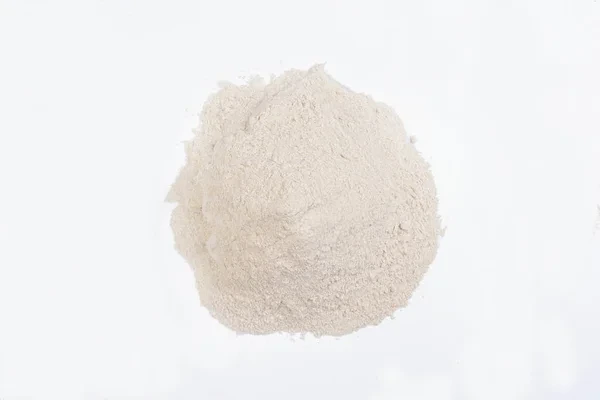IUPAC Name
-
Cas Number
11138-66-2
HS Code
3913.90.20.15
Formula
C35H49O29
Appearance
Off white powder
Common Names
Corn Sugar Gum
Packaging
25kg/bag
Brief Overview
Xanthan gum, consisting of glucose, mannose, and glucuronic acid molecules, can be sourced from diverse origins such as corn, wheat, and soy. The liquid's viscosity elevates with a greater weight ratio of xanthan gum added. It is generally advised to incorporate a 0.2% by weight concentration, as an excessive amount may result in an unpleasant slimy texture. Xanthan gum demonstrates reliable stability across various viscosities, temperatures, and pH levels.
Manufacturing Process
Xanthan gum is produced via the fermentation process involving glucose, sucrose, and lactose. The polysaccharide produced is separated from the growth medium using isopropyl alcohol and subsequently finely powdered during the fermentation process. This fine powder is then combined with a liquid medium to create the gum. In an industrial context, xanthan gum is produced by introducing a sterile aqueous solution containing carbohydrates, a nitrogen source, dipotassium phosphate, and trace elements. After fermentation, the polymer is precipitated from the medium through the addition of isopropyl alcohol.
Food Industry
Xanthan gum is widely utilized as a food additive throughout the food industry. Its primary function as a thickening agent is crucial for preserving the viscosity of pastry fillings, preventing water infiltration that could compromise the dough's structure and crispiness. In the realm of ice creams, xanthan gum is employed to impede the formation of ice crystals, contributing to a smoother texture. Its versatility extends to frozen foods, beverages, and egg substitutes made from egg whites, where it substitutes for the fat and emulsifiers found in yolks. Furthermore, xanthan gum plays a pivotal role in various food products, including salad dressings, sauces, instant items, desserts, bakery goods, dairy products, fruit juices, and the formulation of various low-calorie foods.
